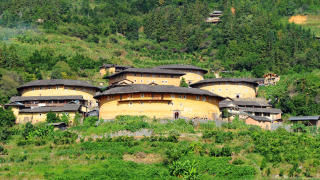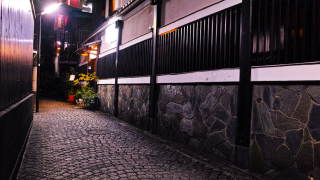 LOANWORD
LOANWORD The Kanji Name for Kiribati “吉里巴斯” — How Japanese People View the Republic Made Up of 33 Atolls and Islands Along the Equator
Written in kanji as “吉里巴斯,” the name Kiribati carries the nuance of “a land of happiness.” Floating serenely along the equator, the nation has come to represent both a paradise of nature and a beacon of hope confronting global environmental issues. For Japanese people, Kiribati embodies harmony, courage, and the will to endure.









